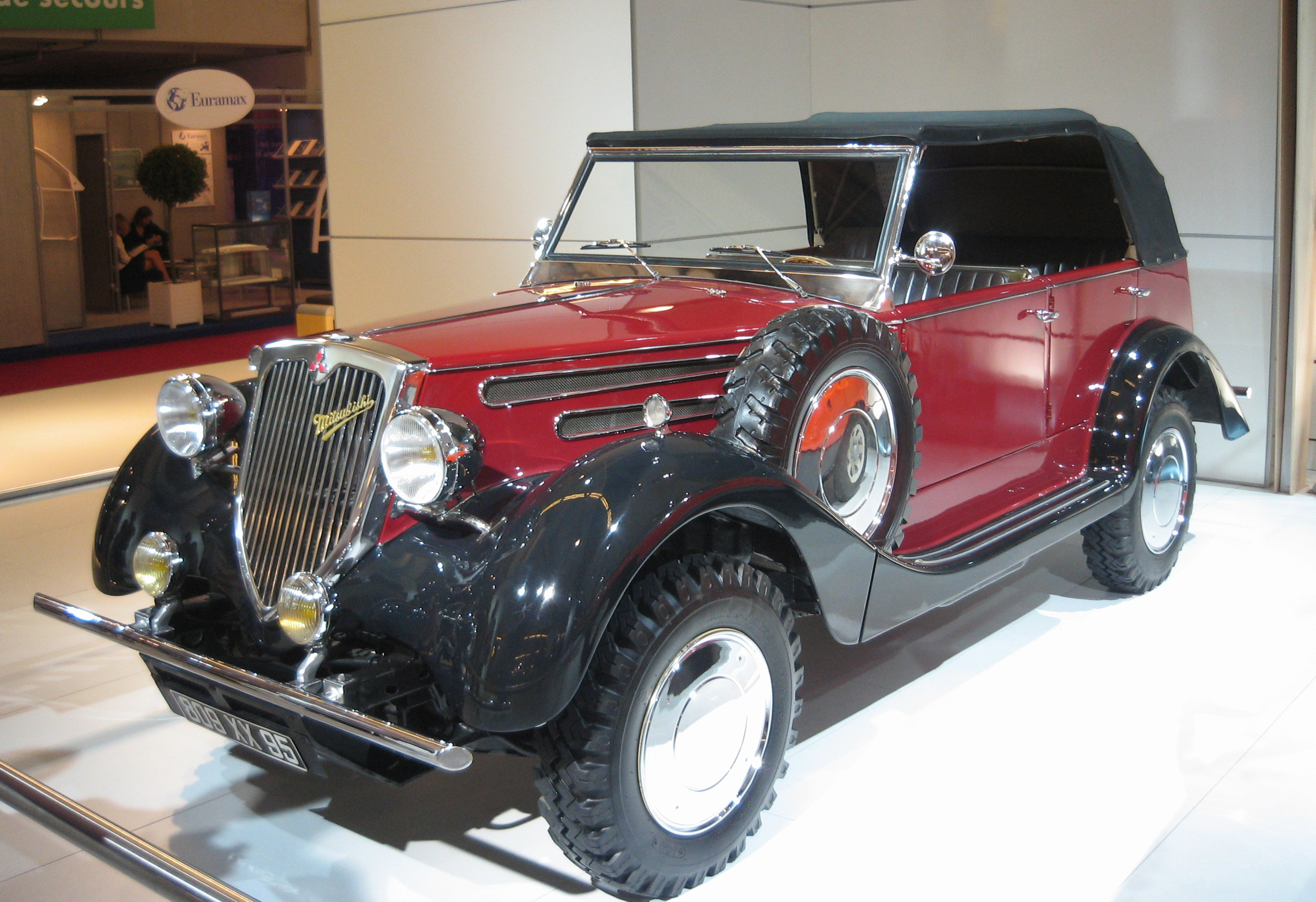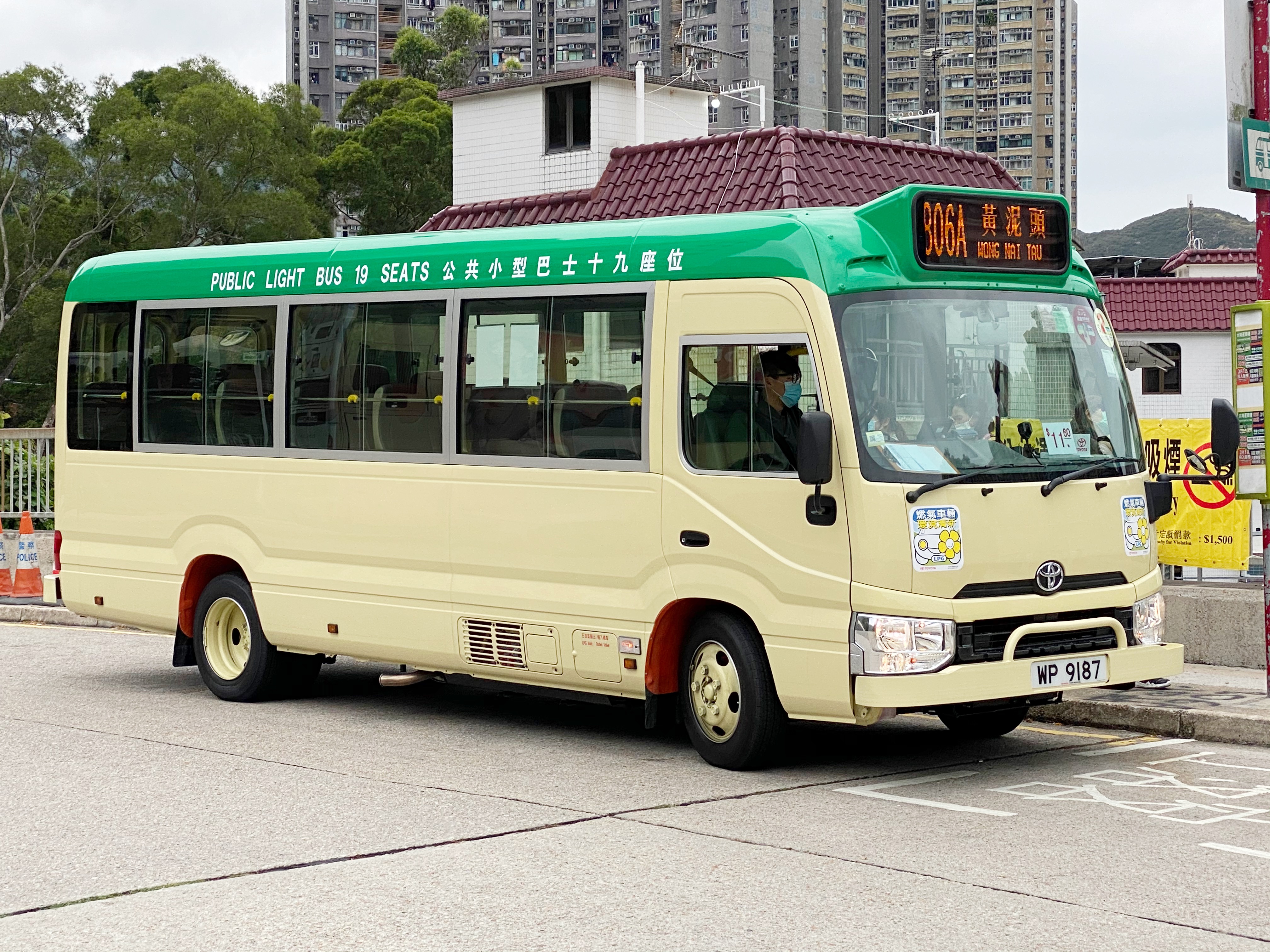|
Mitsubishi Fuso Aero Midi
The Mitsubishi Fuso Aero Midi (kana: 三菱ふそう・エアロミディ) is a step-entrance, low entry and low floor midibus produced by the Japanese manufacturer Mitsubishi Fuso. It is primarily available as public buses and sightseeing buses ranged from lengths of 7.0m to 10.1m. The range can be built as either a complete bus or a bus chassis. The Mitsubishi Fuso MK Series was built between 1974 and 1988. The Aero Midi appeared in 1988 after the replacement for the MK Series. The Aero Midi ceased production in 2007 and replaced by the Aero Midi-S in 2008. After the Aero Midi-S ceased production in 2010, production of the Aero Midi city bus recommenced in the following year. The Mitsubishi Fuso Aero Midi is the low entry and smaller version of the low floor Mitsubishi Fuso Aero Star city bus. MK Series (1974-1988) *MK103H (1974) *MK115 (1976) *K-MK116 (1979) *P-MK116/516 (1984) File:MK115H-Gumma-Bus.jpg, MK MK115H File:K-MK116H-Kanachu-Ha13.jpg, MK K-MK116H File:P-MK116 ... [...More Info...] [...Related Items...] OR: [Wikipedia] [Google] [Baidu] |
Mitsubishi Motors Corporation
is a Japanese multinational automobile manufacturer headquartered in Minato, Tokyo, Japan.Corporate Profile , Mitsubishi Motors website, 19 June 2008 In 2011, Mitsubishi Motors was the sixth-largest Japanese and the 19th-largest worldwide by production. Since October 2016, Mitsubishi has been one-third (34%) owned by , thus a part of the Renault–Nissan–Mitsubishi Alliance. Besides being part of the ... [...More Info...] [...Related Items...] OR: [Wikipedia] [Google] [Baidu] |
City Bus
A city is a human settlement of notable size.Goodall, B. (1987) ''The Penguin Dictionary of Human Geography''. London: Penguin.Kuper, A. and Kuper, J., eds (1996) ''The Social Science Encyclopedia''. 2nd edition. London: Routledge. It can be defined as a permanent and densely settled place with administratively defined boundaries whose members work primarily on non-agricultural tasks. Cities generally have extensive systems for housing, transportation, sanitation, utilities, land use, production of goods, and communication. Their density facilitates interaction between people, government organisations and businesses, sometimes benefiting different parties in the process, such as improving efficiency of goods and service distribution. Historically, city-dwellers have been a small proportion of humanity overall, but following two centuries of unprecedented and rapid urbanization, more than half of the world population now lives in cities, which has had profound consequences for g ... [...More Info...] [...Related Items...] OR: [Wikipedia] [Google] [Baidu] |
Minibuses
A minibus, microbus, minicoach, or commuter (in Zimbabwe) is a passenger-carrying motor vehicle that is designed to carry more people than a multi-purpose vehicle or minivan, but fewer people than a full-size bus. In the United Kingdom, the word "minibus" is used to describe any full-sized passenger-carrying van or panel truck. Minibuses have a seating capacity of between 12 and 30 seats. Larger minibusses may be called midibuses. Minibuses are typically front engine step in vehicles, although low floor minibuses do exist and are particularly common in Japan. Minibuses may range in price from £2000 to nearly £100,000. History It is unknown when the first minibus vehicle was released but it is possible that the first one was the 1935-1955 Chevrolet Suburban or the Volkswagen Transporter, even though the Suburban is thought by most to be an SUV, the first generation to the third generation could have theoretically be classified as minibusses today. Usage Minibuses are us ... [...More Info...] [...Related Items...] OR: [Wikipedia] [Google] [Baidu] |
Buses Of Japan
A bus (contracted from omnibus, with variants multibus, motorbus, autobus, etc.) is a road vehicle that carries significantly more passengers than an average car or van. It is most commonly used in public transport, but is also in use for charter purposes, or through private ownership. Although the average bus carries between 30 and 100 passengers, some buses have a capacity of up to 300 passengers. The most common type is the single-deck rigid bus, with double-decker and articulated buses carrying larger loads, and midibuses and minibuses carrying smaller loads. Coaches are used for longer-distance services. Many types of buses, such as city transit buses and inter-city coaches, charge a fare. Other types, such as elementary or secondary school buses or shuttle buses within a post-secondary education campus, are free. In many jurisdictions, bus drivers require a special large vehicle licence above and beyond a regular driving licence. Buses may be used for scheduled bus ... [...More Info...] [...Related Items...] OR: [Wikipedia] [Google] [Baidu] |
Bus Chassis
A bus (contracted from omnibus, with variants multibus, motorbus, autobus, etc.) is a road vehicle that carries significantly more passengers than an average car or van. It is most commonly used in public transport, but is also in use for charter purposes, or through private ownership. Although the average bus carries between 30 and 100 passengers, some buses have a capacity of up to 300 passengers. The most common type is the single-deck rigid bus, with double-decker and articulated buses carrying larger loads, and midibuses and minibuses carrying smaller loads. Coaches are used for longer-distance services. Many types of buses, such as city transit buses and inter-city coaches, charge a fare. Other types, such as elementary or secondary school buses or shuttle buses within a post-secondary education campus, are free. In many jurisdictions, bus drivers require a special large vehicle licence above and beyond a regular driving licence. Buses may be used for scheduled bus ... [...More Info...] [...Related Items...] OR: [Wikipedia] [Google] [Baidu] |
Mitsubishi Fuso Vehicles
The is a group of autonomous Japanese multinational companies in a variety of industries. Founded by Yatarō Iwasaki in 1870, the Mitsubishi Group historically descended from the Mitsubishi zaibatsu, a unified company which existed from 1870 to 1946. The company was disbanded during the occupation of Japan following World War II. The former constituents of the company continue to share the Mitsubishi brand and trademark. Although the group of companies participate in limited business cooperation, most famously through monthly "Friday Conference" executive meetings, they are formally independent and are not under common control. The four main companies in the group are MUFG Bank (the largest bank in Japan), Mitsubishi Corporation (a general trading company), Mitsubishi Electric and Mitsubishi Heavy Industries (both diversified manufacturing companies). History The Mitsubishi company was established as a shipping firm by Iwasaki Yatarō (1834–1885) in 1870 under the nam ... [...More Info...] [...Related Items...] OR: [Wikipedia] [Google] [Baidu] |
List Of Buses ...
Year refers to the first year introduced. A range of years is the period the bus was manufactured. # A B C D E F G H I J K L M N O P Q R S T U V W X Y Z Š See also * Bus spotting * Coach (used for long-distance travel) * Dollar van * List of fictional buses * List of Leyland buses * List of AEC buses * Multi-axle bus * Trackless train * Tram * Single decker buses References {{South American bus builders 01 * * Bus A bus (contracted from omnibus, with variants multibus, motorbus, autobus, etc.) is a road vehicle that carries significantly more passengers than an average car or van. It is most commonly used in public transport, but is also in use for cha ... [...More Info...] [...Related Items...] OR: [Wikipedia] [Google] [Baidu] |
Mitsubishi Fuso Truck & Bus Corporation
The is a manufacturer of trucks and buses. It is headquartered in Kawasaki, Kanagawa, Japan. Currently, it is 89.29% owned by Germany-based Daimler Truck. ''Fuso'' derives from the ancient Chinese language, Chinese term '''' (扶桑), for a sacred tree said to grow at the spot in the east where the sun rises, and has been used to refer to Japan itself. The actual fuso tree is a . History Mitsubishi Heavy Industries. ...
|
Destination Sign
A destination sign (North American English) or destination indicator/destination blind (British English) is a sign mounted on the front, side or rear of a public transport vehicle, such as a bus, tram/streetcar or light rail vehicle, that displays the vehicle's route number and destination, or the route's number and name on transit systems using route names. The main such sign, mounted on the front of the vehicle, usually located above (or at the top of) the windshield, is often called the headsign, most likely from the fact that these signs are located on the front, or head, end of the vehicle. Depending on the type of the sign, it might also display intermediate points on the current route, or a road that comprises a significant amount of the route, especially if the route is particularly long and its final terminus by itself is not very helpful in determining where the vehicle is going. Technology types Several different types of technology have been used for destination si ... [...More Info...] [...Related Items...] OR: [Wikipedia] [Google] [Baidu] |
Kowloon Motor Bus
The Kowloon Motor Bus Company (1933) Limited (KMB) is a bus company operating franchised services in Hong Kong. It is the largest bus company in Hong Kong by fleet size and number of bus routes. It is a subsidiary of Transport International. Its slogan is ''Heartbeat of the City'' (Chinese: 城市脈搏) since 2017. Previously, it was ''Moving Forward Every Day'' (Chinese: 九巴服務 日日進步, literally ''KMB service improves every day''), which was introduced in 1985. History KMB was founded on 13 April 1933 as a result of the reformation of public transport by the Hong Kong Government. Before the reformation, there were several independent bus operators working on both sides of Victoria Harbour including KMB. The Hong Kong Government enforces the bus franchises in favour of the franchisees, while it prosecutes the operators of unauthorised private bus services and other types of authorised bus service that pick up or drop off passengers in franchised bus parki ... [...More Info...] [...Related Items...] OR: [Wikipedia] [Google] [Baidu] |








